Stylianos E. Trevlakis
Modeling blockage in high directional wireless. systems
Nov 17, 2024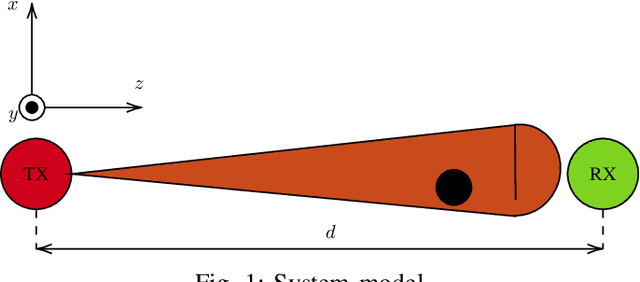
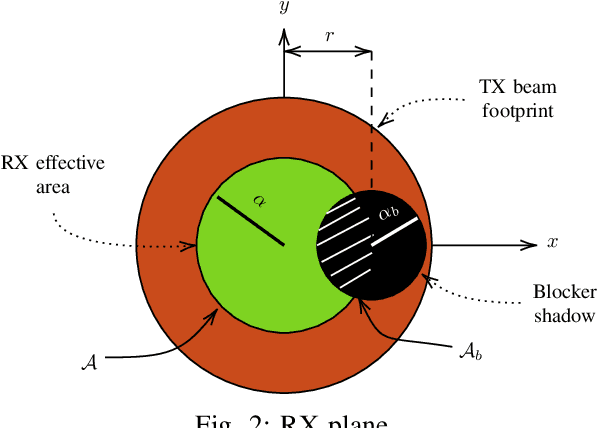
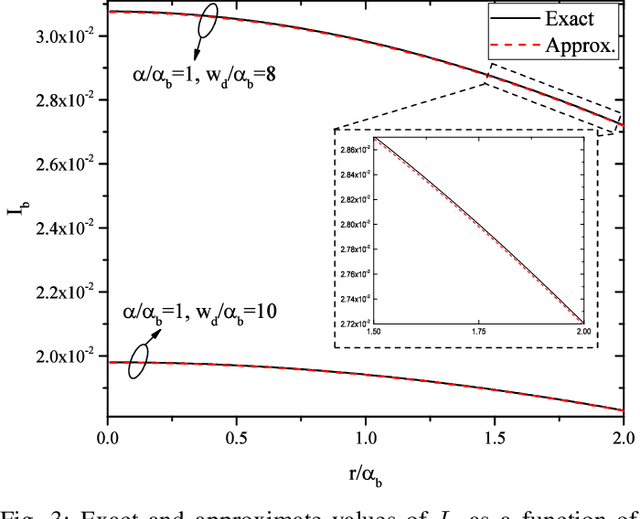
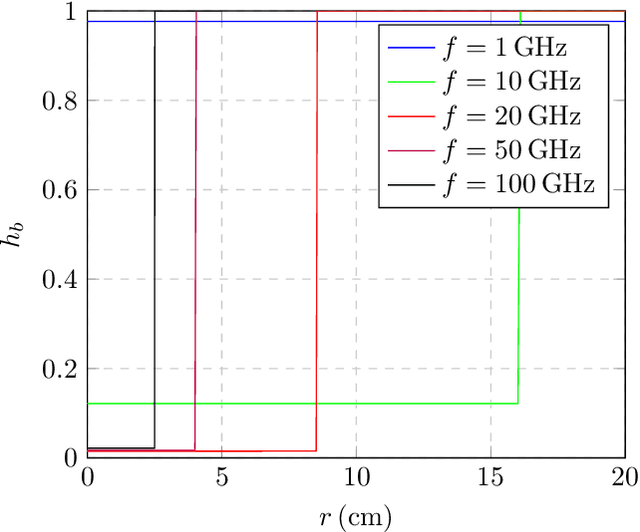
Abstract:While the wireless word moves towards higher frequency bands, new challenges arises, due to the inherent characteristics of the transmission links, such as high path and penetration losses. Penetration losses causes blockages that in turn can significantly reduce the signal strength at the receiver. Most published contributions consider a binary blockage stage, i.e. either fully blocked or blockage-free links. However, in realistic scenarios, a link can be partially blocked. Motivated by this, in this paper, we present two low-complexity models that are based on tight approximations and accommodates the impact of partial blockage in high-frequency links. To demonstrate the applicability of the derived framework, we present closed-form expressions for the outage probability for the case in which the distance between the center of the receiver plane and the blocker's shadow center follow uniform distribution. Numerical results verify the derived framework and reveal how the transmission parameters affect blockage.
Localization as a key enabler of 6G wireless systems: A comprehensive survey and an outlook
Feb 04, 2023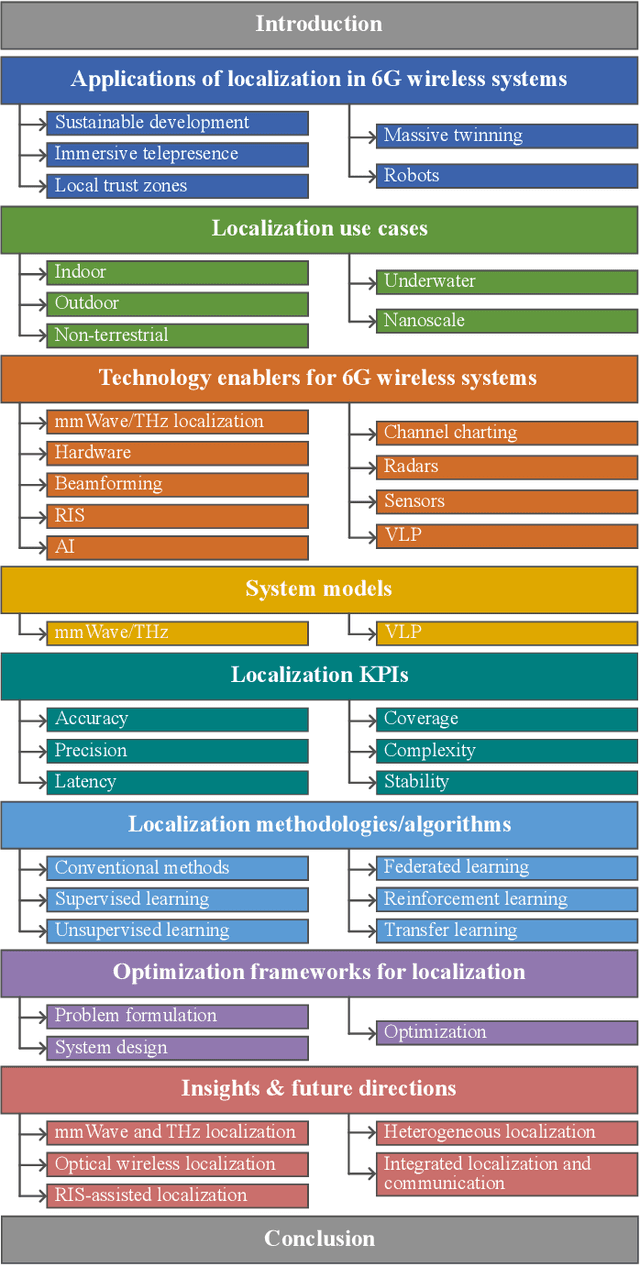
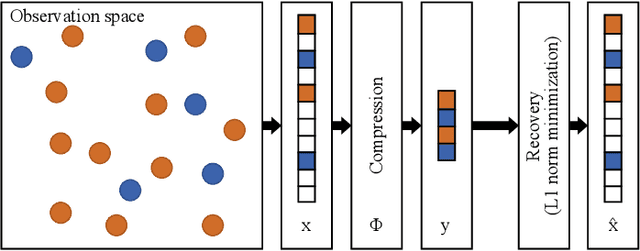


Abstract:When fully implemented, sixth generation (6G) wireless systems will constitute intelligent wireless networks that enable not only ubiquitous communication but also high-accuracy localization services. They will be the driving force behind this transformation by introducing a new set of characteristics and service capabilities in which location will coexist with communication while sharing available resources. To that purpose, this survey investigates the envisioned applications and use cases of localization in future 6G wireless systems, while analyzing the impact of the major technology enablers. Afterwards, system models for millimeter wave, terahertz and visible light positioning that take into account both line-of-sight (LOS) and non-LOS channels are presented, while localization key performance indicators are revisited alongside mathematical definitions. Moreover, a detailed review of the state of the art conventional and learning-based localization techniques is conducted. Furthermore, the localization problem is formulated, the wireless system design is considered and the optimization of both is investigated. Finally, insights that arise from the presented analysis are summarized and used to highlight the most important future directions for localization in 6G wireless systems.
Channel modeling for in-body optical wireless communications
Nov 03, 2021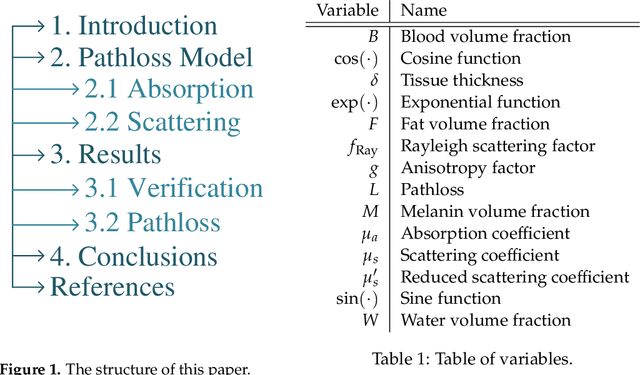
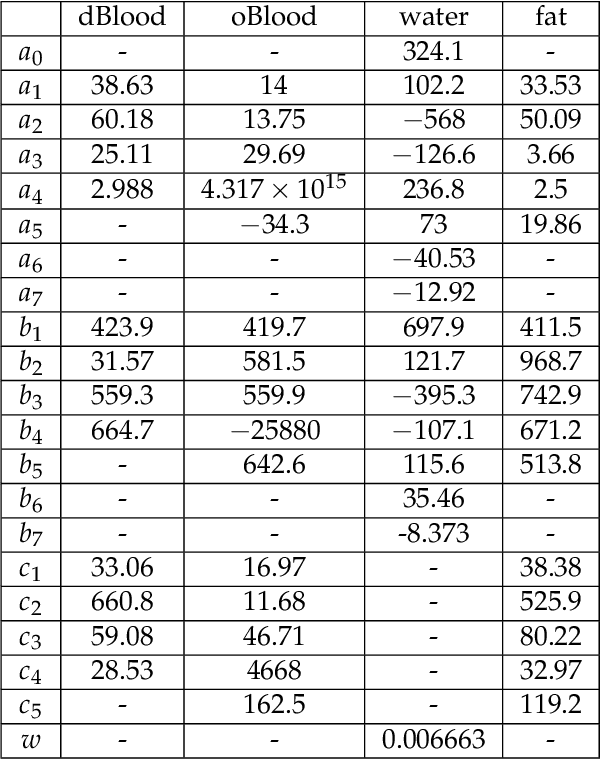
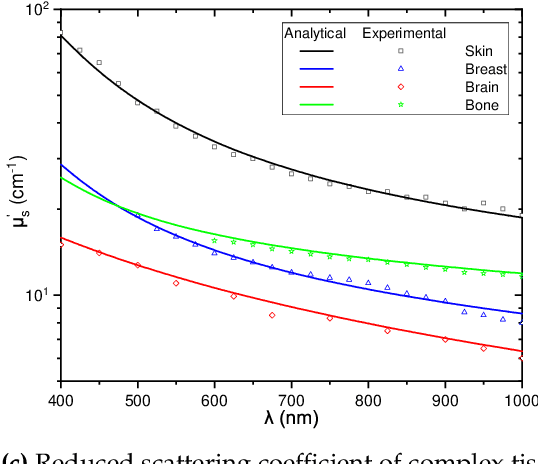

Abstract:Next generation in-to-out-of body biomedical applications have adopted optical wireless communications (OWCs). However, by delving into the published literature, a gap is recognised in modeling the in-to-out-of channel, since most published contributions neglect the particularities of different type of tissues. Towards this direction, in this paper we present a novel pathloss and scattering models for in-to-out-of OWC links. Specifically, we derive extract analytical expressions that accurately describe the absorption of the five main tissues' constituents, namely fat, water, melanin, oxygenated and de-oxygenated blood. Moreover, we formulate a model for the calculation of the absorption coefficient of any generic biological tissue. Next, by incorporating the impact of scattering in the aforementioned model we formulate the complete pathloss model. The developed theoretical framework is verified by means of comparisons between the estimated pathloss and experimental measurements from independent research works. Finally, we illustrate the accuracy of the theoretical framework in estimating the optical properties of any generic tissue based on its constitution. The extracted channel model is capable of boosting the design of optimized communication protocols for a plethora of biomedical applications.
Pathloss modeling for in-body optical wireless communications
May 06, 2021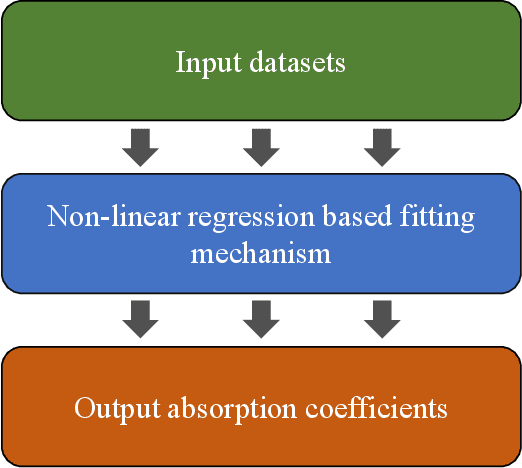
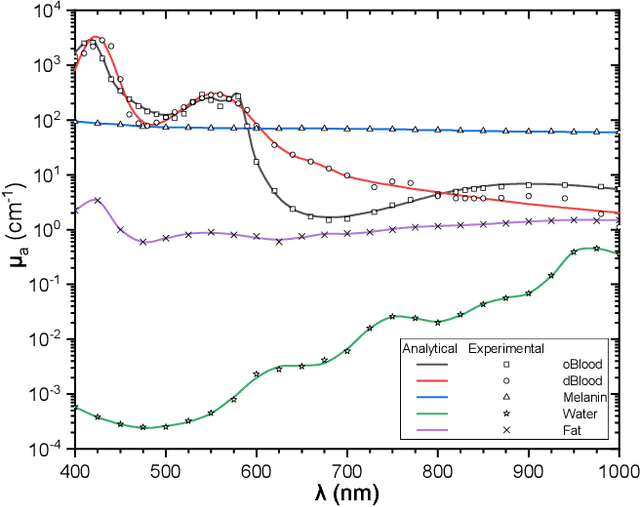
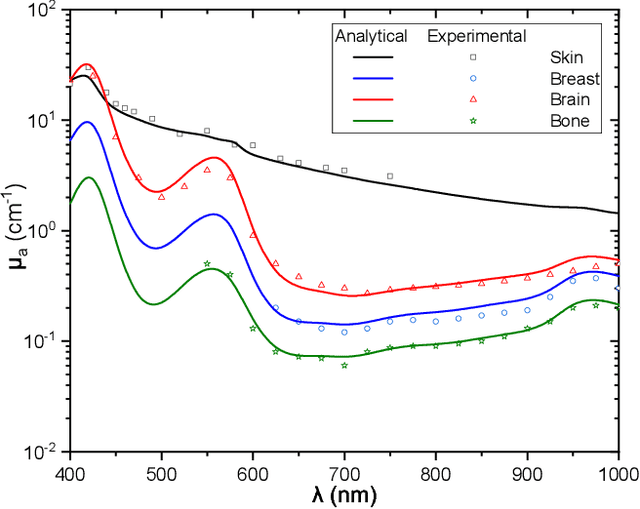
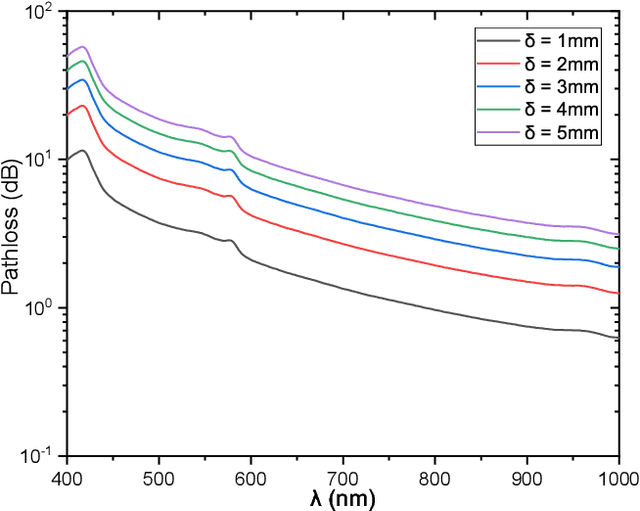
Abstract:Optical wireless communications (OWCs) have been recognized as a candidate enabler of next generation in-body nano-scale networks and implants. The development of an accurate channel model capable of accommodating the particularities of different type of tissues is expected to boost the design of optimized communication protocols for such applications. Motivated by this, this paper focuses on presenting a general pathloss model for in-body OWCs. In particular, we use experimental measurements in order to extract analytical expressions for the absorption coefficients of the five main tissues' constitutions, namely oxygenated and de-oxygenated blood, water, fat, and melanin. Building upon these expressions, we derive a general formula for the absorption coefficient evaluation of any biological tissue. To verify the validity of this formula, we compute the absorption coefficient of complex tissues and compare them against respective experimental results reported by independent research works. Interestingly, we observe that the analytical formula has high accuracy and is capable of modeling the pathloss and, therefore, the penetration depth in complex tissues.
Machine Learning in Nano-Scale Biomedical Engineering
Aug 05, 2020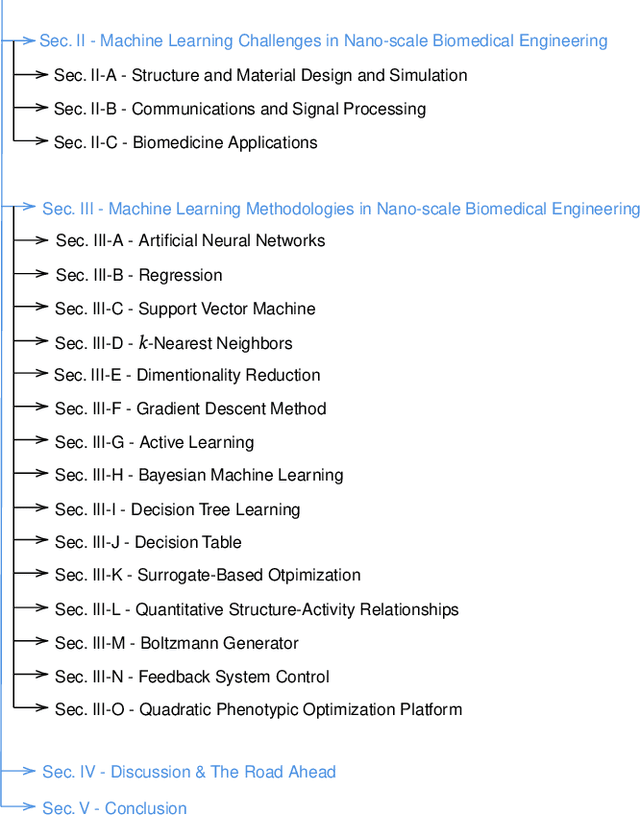

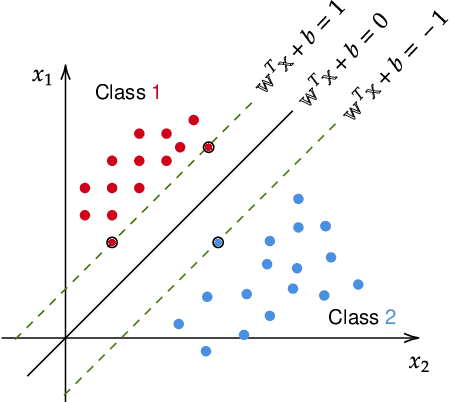
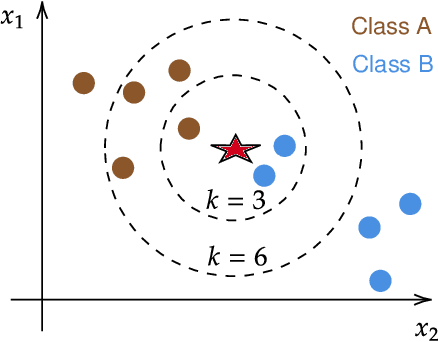
Abstract:Machine learning (ML) empowers biomedical systems with the capability to optimize their performance through modeling of the available data extremely well, without using strong assumptions about the modeled system. Especially in nano-scale biosystems, where the generated data sets are too vast and complex to mentally parse without computational assist, ML is instrumental in analyzing and extracting new insights, accelerating material and structure discoveries and designing experience as well as supporting nano-scale communications and networks. However, despite these efforts, the use of ML in nano-scale biomedical engineering remains still under-explored in certain areas and research challenges are still open in fields such as structure and material design and simulations, communications and signal processing, and bio-medicine applications. In this article, we review the existing research regarding the use of ML in nano-scale biomedical engineering. In more detail, we first identify and discuss the main challenges that can be formulated as ML problems. These challenges are classified in the three aforementioned main categories. Next, we discuss the state of the art ML methodologies that are used to countermeasure the aforementioned challenges. For each of the presented methodologies, special emphasis is given to its principles, applications and limitations. Finally, we conclude the article with insightful discussions, that reveals research gaps and highlights possible future research directions.
 Add to Chrome
Add to Chrome Add to Firefox
Add to Firefox Add to Edge
Add to Edge